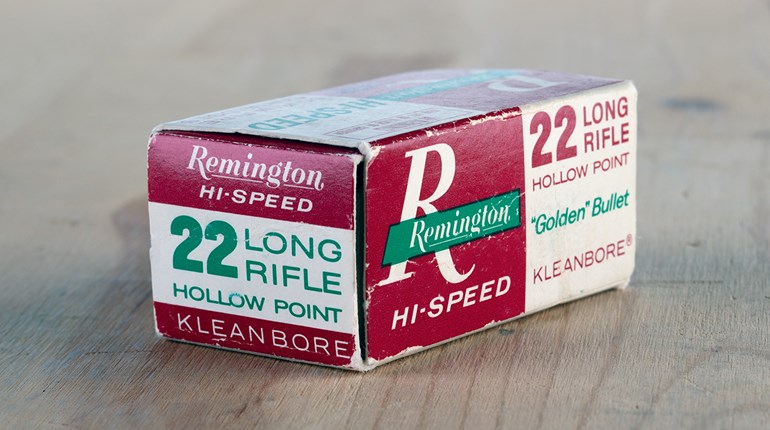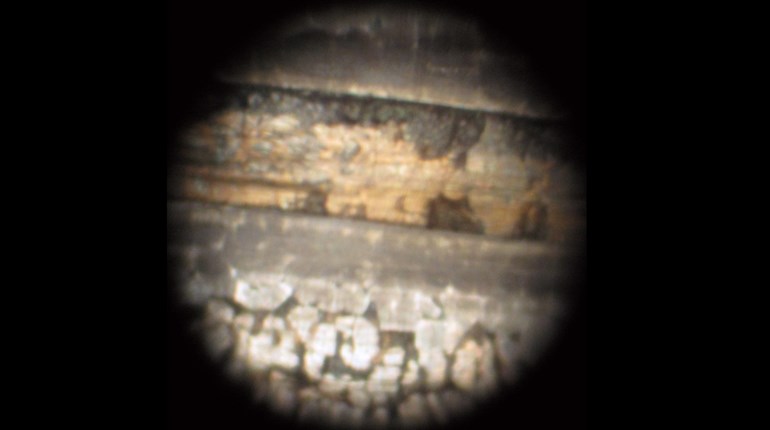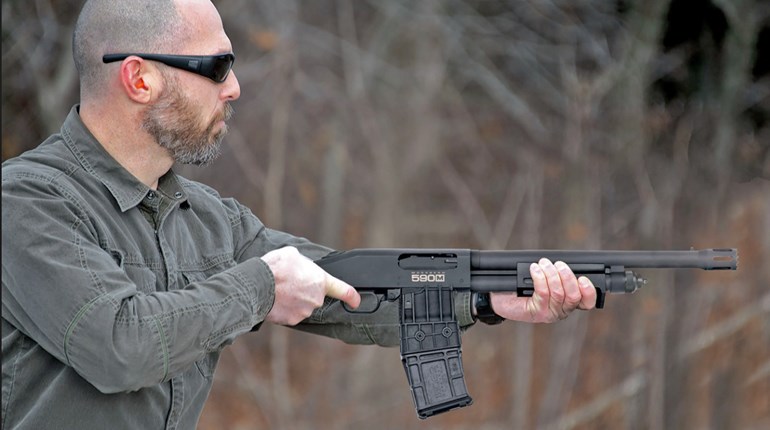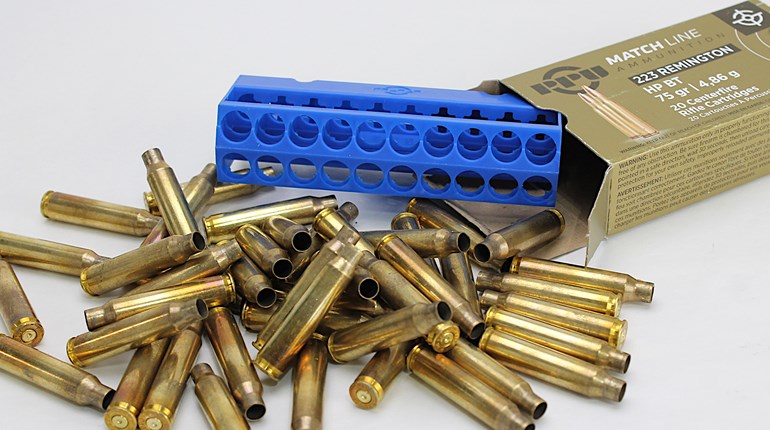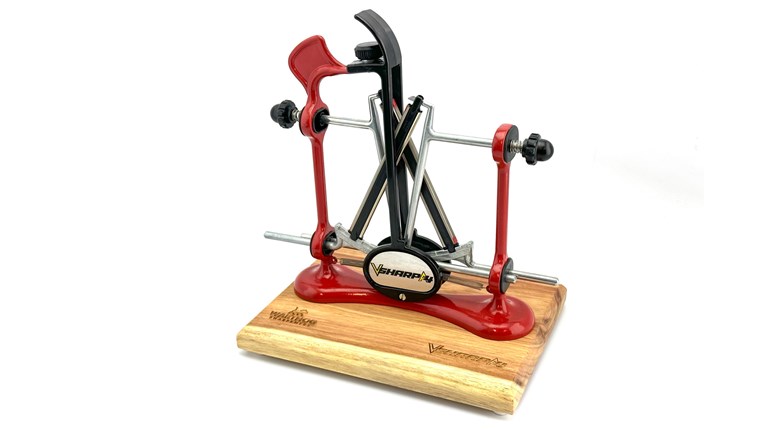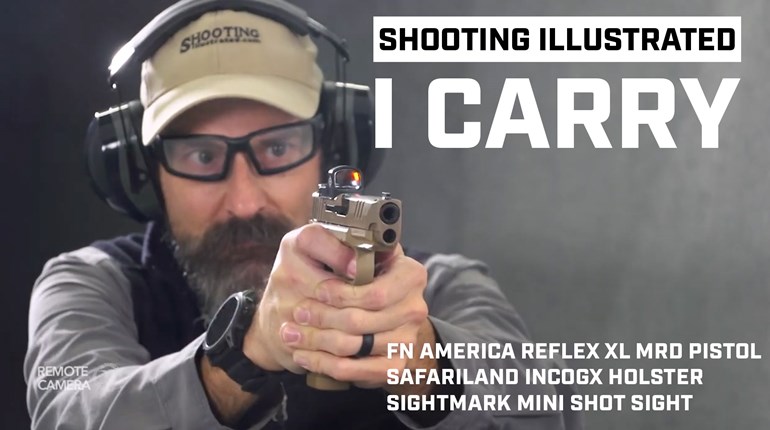
I bought two new, nearly identical pistols made by the same manufacturer. One is chambered in 9 mm., the other is in .45 ACP. The 9 mm fires flawlessly with both ball and hollowpoint ammo. I could not be happier with this gun for a lot of reasons.
On the other hand, the .45 ACP jams almost constantly, no matter what ammunition I try to fire in it. In fact, it is rare to get a full magazine through the gun without some sort of failure. I did a little research online regarding the cycle of operation of a pistol to see if I could determine what could be the cause of the problems I am encountering. So far, I am striking out big time in my search. Hopefully, you can provide some insight into these difficulties, because I am at my wits’ end.
There are several symptoms to the problem I am having that occur in no particular order:
After firing several rounds, the slide fails to close all the way, resulting in a partially chambered round. On other occasions, the fired cartridge case is left jammed between the back of the barrel and where the firing pin comes through the slide. Sometimes the fired cartridge case is trapped in the ejection port with the mouth protruding outward to cause a jam. The gun came with two magazines and jams with both of them in a similar manner. I have cleaned and lubricated the pistol several times both before and during a shooting session, with no evident effect on operation. I even let a different shooter fire the gun with the same results. Your guidance and suggestions would be greatly appreciated.
Signe Lupoft, St. Louis, MO
Of the eight steps in the cycle of operation found in semi-automatic firearms, your symptoms could be attributed to how the gun feeds, chambers, ejects and extracts or a combination of all four.
To be perfectly honest, if I had a new gun that exhibited the troubles you are having, I would contact the manufacturer and arrange for it to take a look at the gun. This is for two reasons: First, to get a pistol in your hands that performs similar to its 9 mm stablemate. Second, to give the manufacturer a chance to fix something that apparently was missed by its quality-control department. These things do happen from time to time to every company. Reputable manufacturers will correct the problem(s) to your satisfaction because their reputation in the marketplace depends on it.
In answering your question, however, I would first look at the extractor assembly and how it interfaces with the case rim and extraction groove of the ammunition. There should be enough tension on a live cartridge to hold it in place against the breechface when the slide is separated from the frame. This can be easily tested by pushing a cartridge up the breechface, under the hook of the extractor until the primer aligns with the firing-pin opening. The hook of the extractor should contact the extraction-groove side of the case rim sufficiently to hold the cartridge in place without additional assistance and with sufficient depth to pull the cartridge out of the chamber as well. It is worthwhile to try several different brands of ammunition, because there are slight differences in case-rim and extraction-groove dimensions from brand to brand. Sometimes it is enough to create a problem similar to what your gun is experiencing.
Although unlikely in a new gun, the characteristics that you describe could be the result of an incorrect recoil spring. Too light in weight could be the reason rounds fail to chamber, as well as insufficient resistance to the movement of the barrel and slide as they move rearward to extract/eject the casing.
The chamber portion of the barrel could also be a contributing factor to the problem if it were rough or poorly finished. This would cause failures to chamber, extract and eject by adding resistance to the movement of the cartridge/case in and out of the chamber.
Even though you have had the same trouble with both magazines, it might be prudent to try another magazine or two just to see if the failures continue. If the magazine feed lips are out of specification, the cartridge presentation from the magazine could cause the feeding and chambering problem. In addition, if the top cartridge in the magazine is a little too prominent, the case rim of the extracted cartridge will encounter the case mouth of the cartridge waiting in the magazine causing the just-fired cartridge to separate from the breechface prematurely and remain in the ejection port.
These are all possibilities and areas to explore, among others, if you prefer to go the extra mile before sending the gun back to the manufacturer. It all depends on how much time, money and ammunition you have to spend in the pursuit of success.










